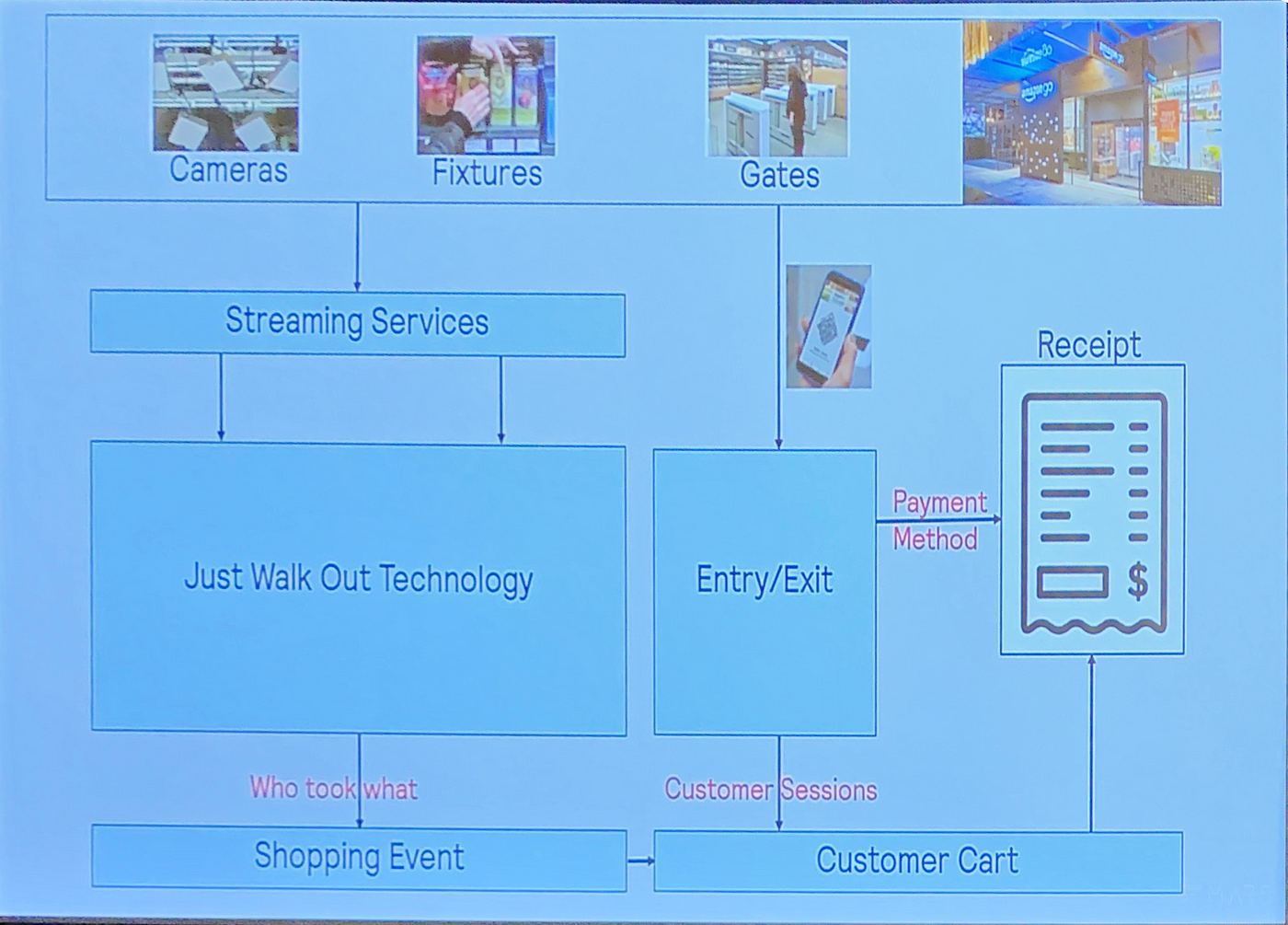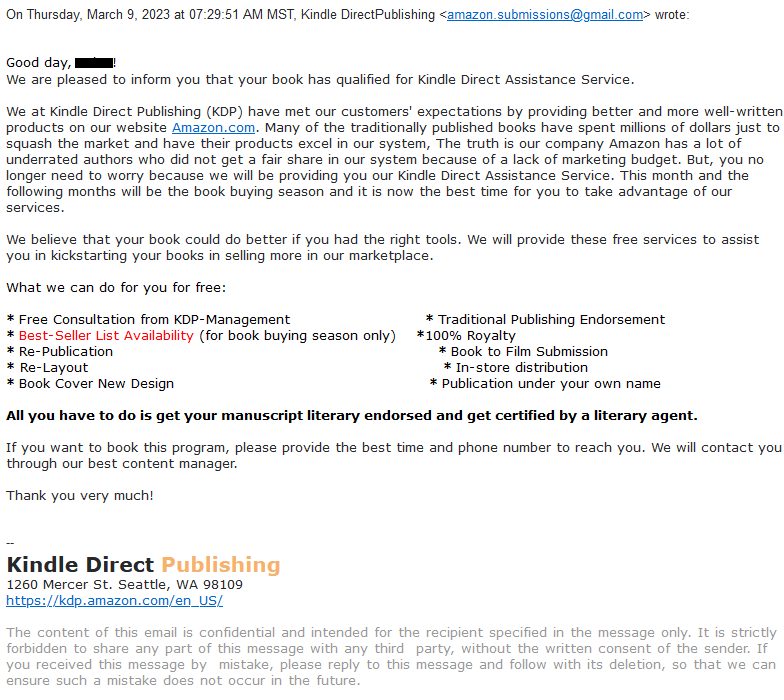
Designer PlanetFashion and Beauty Blog : Amazon Kickstarter Deals. Designerplanet | Luxury watches for men, Mens fashion watches, Daily activity tracker

Root Six More Hirelings Marauder and Underworld Expansions Kickstarter Board Game - The Game Steward

Asmodee | Project L | Board Game | 1- 4 Players | Ages 13+ | 20 to 40 Minutes Playing Time | Amazon price tracker / tracking, Amazon price history charts, Amazon price watches, Amazon price drop alerts | camelcamelcamel.com

Kickstarter and Indiegogo Backed Sleep Shepherd Blue Launches on Amazon After Raising Over $1.5 million

Amazon.com: Wallet Finder RFID Blocking Card IP68 Item Tracker Works with Apple Find My APP & Network with Recharge Clip (iOS Only) : Electronics
















